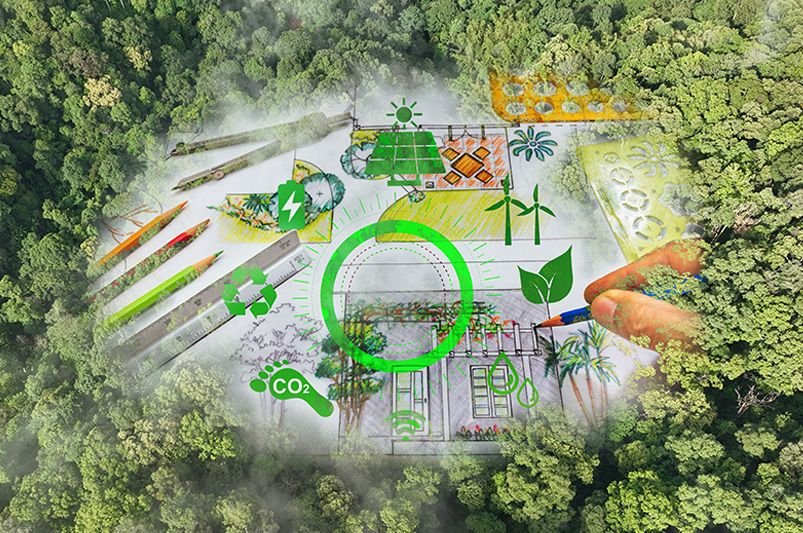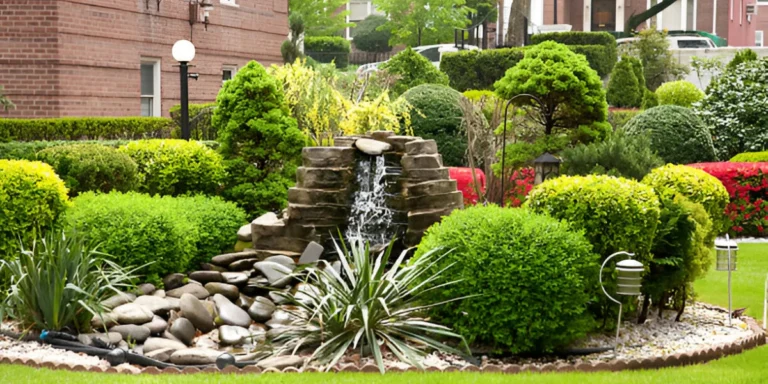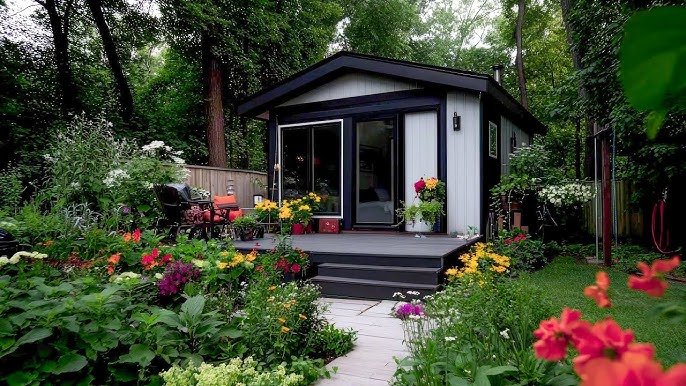Designing an Eco-Friendly and Sustainable Garden?
Eco-friendly gardening practices help to minimize your carbon footprint. Instead of watering with sprinklers and hoses, instead you could collect rainwater in barrels for later use, so that more of it absorbs into the earth rather than running off into sewer drains.
Planting native species that are climate-appropriate helps eliminate invasive weeds and requires less maintenance, while recycling materials reduces waste sent to landfills – all essential elements for sustainable gardening.
Create a Naturalistic Landscape
Kelly Norris, my guest for this week’s podcast and author of New Naturalism, stresses the importance of gardens as reservoirs of ecological goodness and beautiful works of art. To achieve this aim, gardens must work with nature rather than against it – with plants that thrive in their native environments to support local ecosystems as well as designs that reduce maintenance and water usage costs.
One way of meeting all these goals is through eco-friendly garden maintenance practices, such as using organic fertilizers, forgoing harmful pesticides and choosing plants that require minimal care. Another strategy for meeting all of these goals is water conservation – this can be accomplished through choosing plants adapted to the climate in Santa Cruz, San Benito and Monterey Counties; grouping plants that share similar water and sunlight needs together; or installing soaker hoses or drip irrigation systems which deliver water directly to plant roots without risk of evaporation or runoff.
Create a wildlife-friendly landscape by inviting beneficial insects and providing shelter for small creatures. Add a bird bath to attract bees and butterflies, or place piles of sticks and branches out as nesting or sheltering materials for birds and small creatures to use as they see fit.
Use Organic Fertilizers
Organic fertilizers provide essential nutrients without the harmful artificial additives found in many chemical products. They are made from natural materials such as guano, manure, earthworm castings, blood meal, feather meal, and seaweed extracts. These ingredients help soil retain moisture, encourage healthy microorganisms, and create the ideal conditions for plant growth.
When buying organic fertilizers, check the label for macronutrient ratios—nitrogen (N), phosphorus (P), and potassium (K). Avoid products that list only numbers without specifying the source, as they may contain synthetic chemicals that could contaminate your garden soil.
For a more sustainable option, you can create your own organic fertilizer using compost, molasses, or compost tea to nourish your plants. To further reduce environmental impact, choose plant varieties that require less water, add ground cover like mulch or trees to reduce water runoff, and harvest rainwater for irrigation. These practices not only conserve water but also lower carbon emissions and reduce the strain on local sewer systems.
Reduce Your Water Use
Eco-friendly gardens are more than a trend; they help homeowners reduce their ecological footprint, support biodiversity, and contribute to conservation efforts on a large scale. Sustainable gardening practices such as planting native species, composting waste material, and harvesting rainwater for irrigation all help to preserve and balance our environment while leading to reduced maintenance costs and energy bills.
Water is one of the world’s most precious natural resources and should be utilized wisely to reduce resource waste. Eco-friendly gardeners often utilize drought-tolerant plants and xeriscaping to conserve water usage; mulch and ground covers help retain soil moisture, controlling weeds while mulch collection minimizes sewer system runoff or polluted runoff into local environments. Furthermore, rainwater harvesting reduces runoff into sewer systems or pollutes local environments by collecting it for irrigation use instead of running off into sewer systems and polluting environments.
Organic fertilizers and pest control methods should always be utilized when gardening to minimize environmental damage caused by chemical herbicides and pesticides. Watering plants early morning before sun heating causes evaporation helps conserve water by soaking into plant roots rather than pooling on leaves, leading to fungal growth.
Attract Wildlife
A healthy garden requires a balanced ecosystem, and biodiversity is its cornerstone. Instead of using chemical products that harm wildlife, provide habitats for beneficial insects and animals by encouraging their presence; bees provide plant pollination services and are food sources for birds while bats serve as predators to mosquitoes and other pests while frogs help control slug populations through consumption.
Attract an array of flowers by planting native species that bloom at different times throughout the year to provide pollinators with food sources throughout their journey. Shrubs and trees also provide cover for wildlife; small patches of nettles and thistles may offer shelter to caterpillars while an arborvitae offers privacy as well as evergreen beauty with its evergreen foliage.
Reduce your lawn size and opt for native plants, ground covers or vegetable gardens as an environmental-friendly replacement. Implement eco-friendly features like water efficient irrigation and mulching to minimize fertilizer needs; compost kitchen scraps to improve soil health while decreasing landfill contributions.
Recycle Your Waste
Reducing waste through recycling and reuse helps decrease the need for new materials, which come with their associated embodied energy costs. Reusing garden items also helps decrease carbon dioxide production during production and transportation processes and landfill usage; as well as helping decrease landfill volumes.
Composting green and carbon-rich garden waste regularly in your own compost bin or pile rather than discarding it is an effective way to create a nutrient-rich soil amendment, eliminating the need for chemical fertilizers while simultaneously supporting soil health and biodiversity.
Other eco-friendly gardening practices beyond recycling green waste include reducing water usage, installing permeable surfaces and working with nature for pest management. Limiting use of harmful petrochemical pesticides that contaminate local groundwater supplies is also key.
Reusing old containers such as tins, wooden crates and metal buckets to create beautiful planters is an environmentally-friendly way to reduce waste while adding a splash of creativity and character to the garden. Cardboard can even be repurposed as seedling cups by cutting, soaking and wrapping it around a can – this adds both creativity and character. These simple projects not only reduce waste but add creativity and charm.






